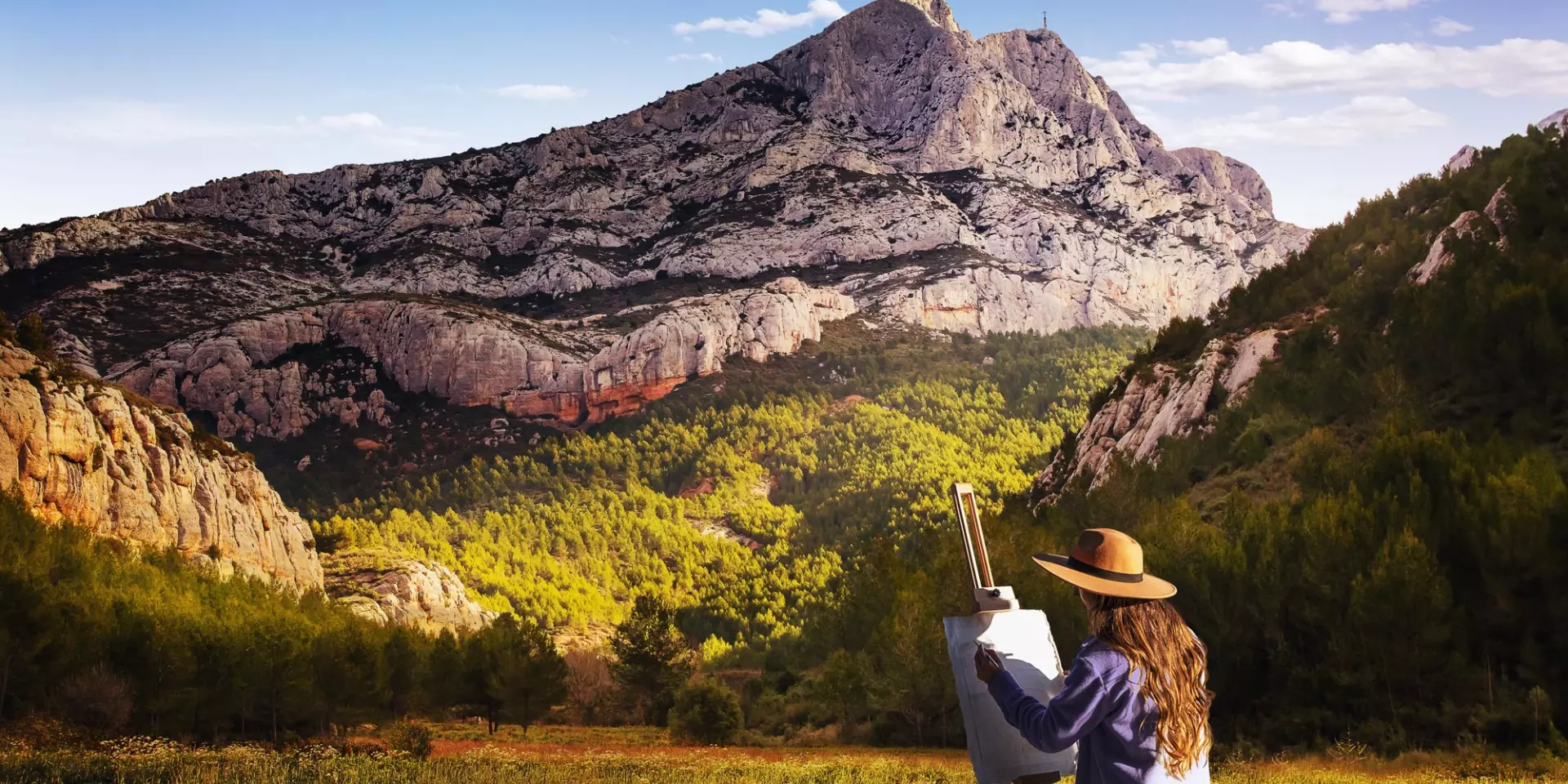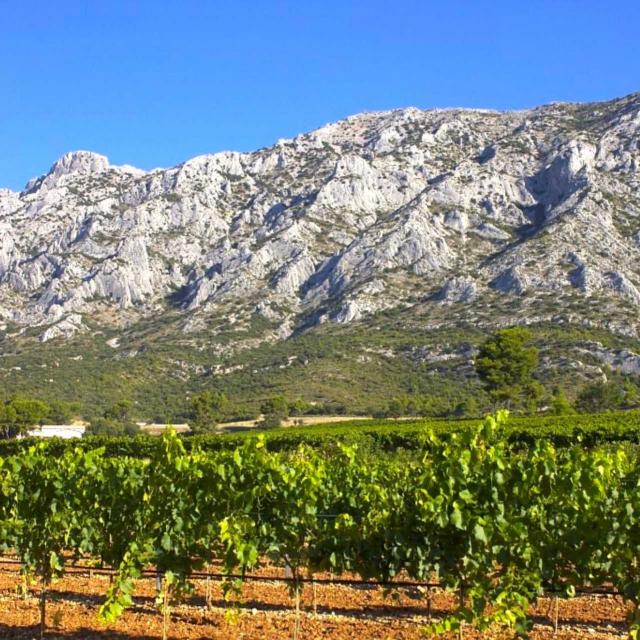Cezanne’s studio : the private world of the Aix-born master
Cezanne set up his Studio in the Lauves hills, a few kilometres from the centre of Aix-en-Provence, in the early 20th century. Now a human-scale museum, this little haven that inspired many of the artist’s works is filled with his personal objects, including models used for his last still lifes and painting materials. Bathed in natural light, this unique place where silence is golden was the birthplace of part of his masterpiece “The Large Bathers”. Entirely refurbished and rearranged for the Cezanne 2025 celebrations, the studio now allows visitors access to the previously private ground floor rooms: the kitchen, dining room and living room. You’ll find a never-before-seen presentation of the painter’s collections there too, amid personal effects and correspondence. Aix-en-Provence town council has just purchased the neighbouring Campagne Girard, which will serve as the public reception area and ticket office. The property also offers a shop, small restaurant and educational workshops.
 Cezanne's studio Aix-en-Provence Bouches-du-Rhône
Cezanne's studio Aix-en-Provence Bouches-du-Rhône













